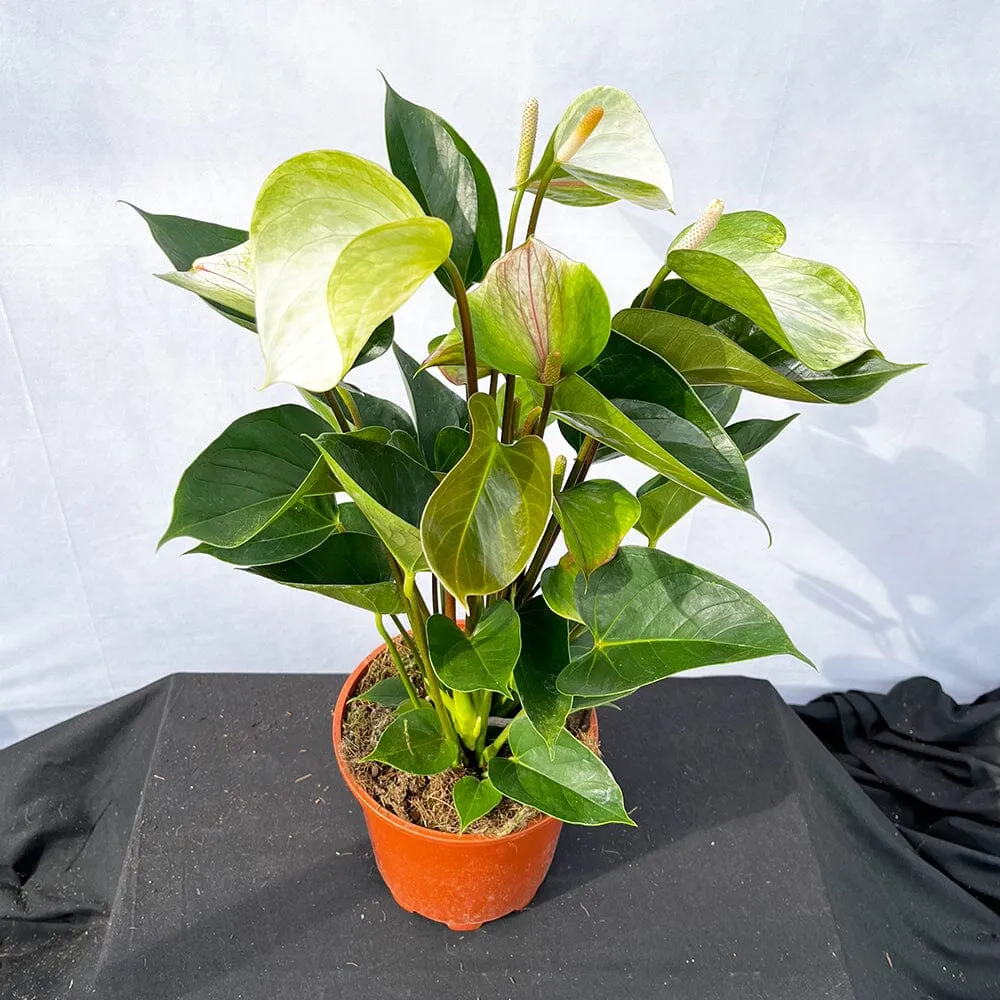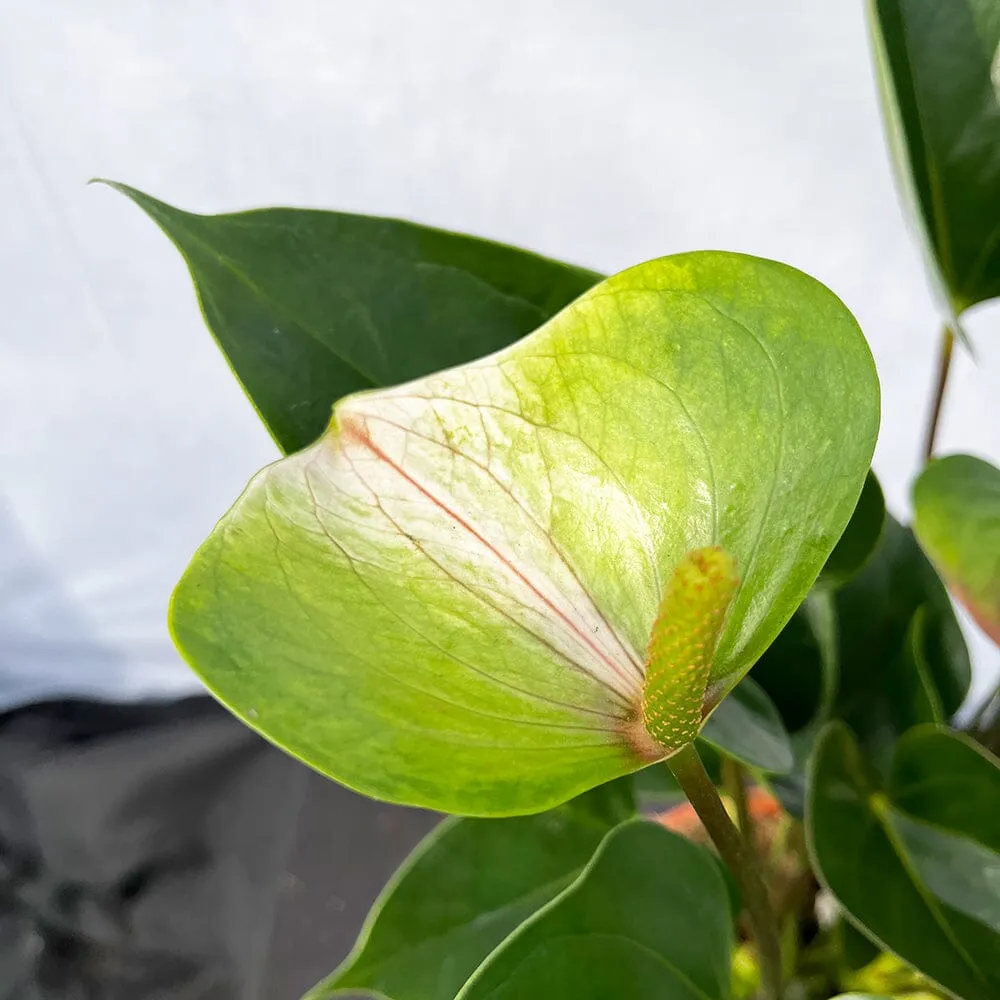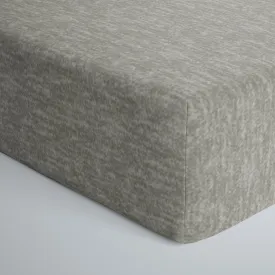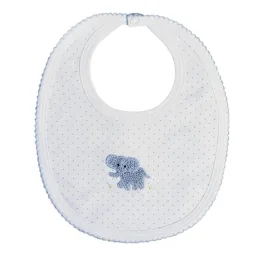Anthurium 'Adios Spring' is a hybrid cultivar known for its striking foliage and beautiful spathes. The leaves are typically large, glossy, and heart-shaped, ranging in colour from deep green to variegated patterns. The plant produces long-lasting, vibrant spathes (often mistaken for flowers) that can be red, pink, or white, with a prominent yellow spadix in the centre. This anthurium is popular for its ornamental value and is commonly grown as a houseplant.
Care Guide:
Light:
- Anthurium 'Adios Spring' thrives in bright, indirect light. Avoid direct sunlight, which can scorch the leaves.
- Place the plant near an east or north-facing window. If light levels are low, consider using artificial grow lights to supplement.
Temperature:
- This plant prefers warm temperatures, ideally between 20°C to 28°C. It does not tolerate cold temperatures well and should be kept away from drafts and sudden temperature changes.
- Ensure the temperature does not drop below 15°C, as this can harm the plant.
Humidity:
- High humidity is essential for Anthurium 'Adios Spring.' Aim for humidity levels between 60-80%.
- Increase humidity by using a humidifier, placing the plant on a humidity tray, or misting the leaves regularly.
Watering:
- Water the plant when the top inch of the soil feels dry. Anthuriums prefer evenly moist soil but do not like to sit in water.
- Use room-temperature water and ensure good drainage to prevent root rot. Reduce watering frequency during the winter months.
Soil:
- A well-draining, aerated potting mix is ideal. Use a mix of peat, pine bark, and perlite or a commercial aroid mix.
- Avoid using heavy, dense soils that retain too much moisture.
Fertilising:
- Feed the plant with a balanced, water-soluble fertiliser diluted to half strength every 4-6 weeks during the growing season (spring and summer).
- Reduce fertilising during the autumn and winter months when the plant's growth slows down.
Potting and Repotting:
- Repot the plant every 1-2 years or when it becomes root-bound. Choose a pot that is 1-2 inches larger in diameter than the current one.
- Ensure the new pot has good drainage holes. Handle the roots gently while repotting to avoid damage.
Pruning:
- Remove dead or yellowing leaves to encourage new growth and improve the plant's appearance.
- Prune any leggy or overgrown stems to maintain a compact and attractive shape.
Pests and Diseases:
- Anthurium 'Adios Spring' is generally resistant to pests but can occasionally be affected by aphids, mealybugs, or spider mites. Inspect the plant regularly and treat infestations with insecticidal soap or neem oil.
- Ensure good air circulation around the plant to prevent fungal diseases such as root rot or leaf spot. Avoid overwatering and waterlogging.
Propagation:
- Propagate Anthurium 'Adios Spring' by division. Carefully divide the plant during repotting, ensuring each division has a healthy root system and several leaves.
- Plant the divisions in separate pots with the appropriate soil mix and care for them as mature plants.
By following this care guide, you can ensure that your Anthurium 'Adios Spring' remains healthy, vibrant, and continues to produce its stunning foliage and spathes.

















